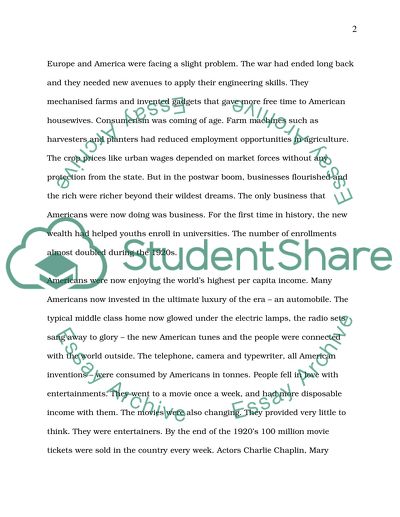Cite this document
(“The Roaring 20s Essay Example | Topics and Well Written Essays - 1500 words”, n.d.)
Retrieved from https://studentshare.org/history/1508002-the-roaring-20s
Retrieved from https://studentshare.org/history/1508002-the-roaring-20s
(The Roaring 20s Essay Example | Topics and Well Written Essays - 1500 Words)
https://studentshare.org/history/1508002-the-roaring-20s.
https://studentshare.org/history/1508002-the-roaring-20s.
“The Roaring 20s Essay Example | Topics and Well Written Essays - 1500 Words”, n.d. https://studentshare.org/history/1508002-the-roaring-20s.


